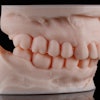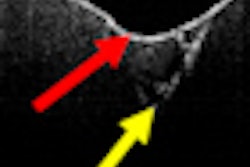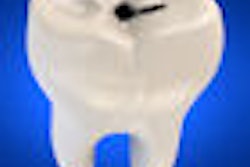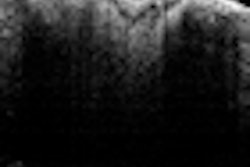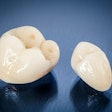Swept-source optical coherence tomography (SS-OCT) shows promise as a diagnostic tool for occlusal caries, according to researchers from Tokyo Medical and Dental University (Journal of Dentistry, August 2010, Vol. 38:8, pp. 655-665).
In a laboratory study, 111 investigation sites of occlusal fissures were selected from 62 extracted teeth and examined visually using conventional dental equipment without any magnification. SS-OCT observations were carried out on the same locations as where the conventional examination had been performed. The teeth were then sectioned using a diamond saw and directly viewed under a confocal laser scanning microscope (CLSM).
SS-OCT could clearly detect the presence of an enamel demineralization lesion in a tomography image synthesized based on the backscatter signal (sensitivity = 0.98). Although the sensitivity for dentine caries of SS-OCT was greater than that of the visual inspection, the detection level decreased to 0.60. In addition, the CLSM indicated that the diagnostic accuracy of SS-OCT was better than that of the conventional visual inspection, according to the researchers.
"The carious demineralization, especially in enamel, can be clearly discriminated as a highlighted area due to [the] scattering of light matches the location of demineralized area at the base of the fissure, and the results correlated well with the CLSM," they concluded.
Copyright © 2010 DrBicuspid.com



